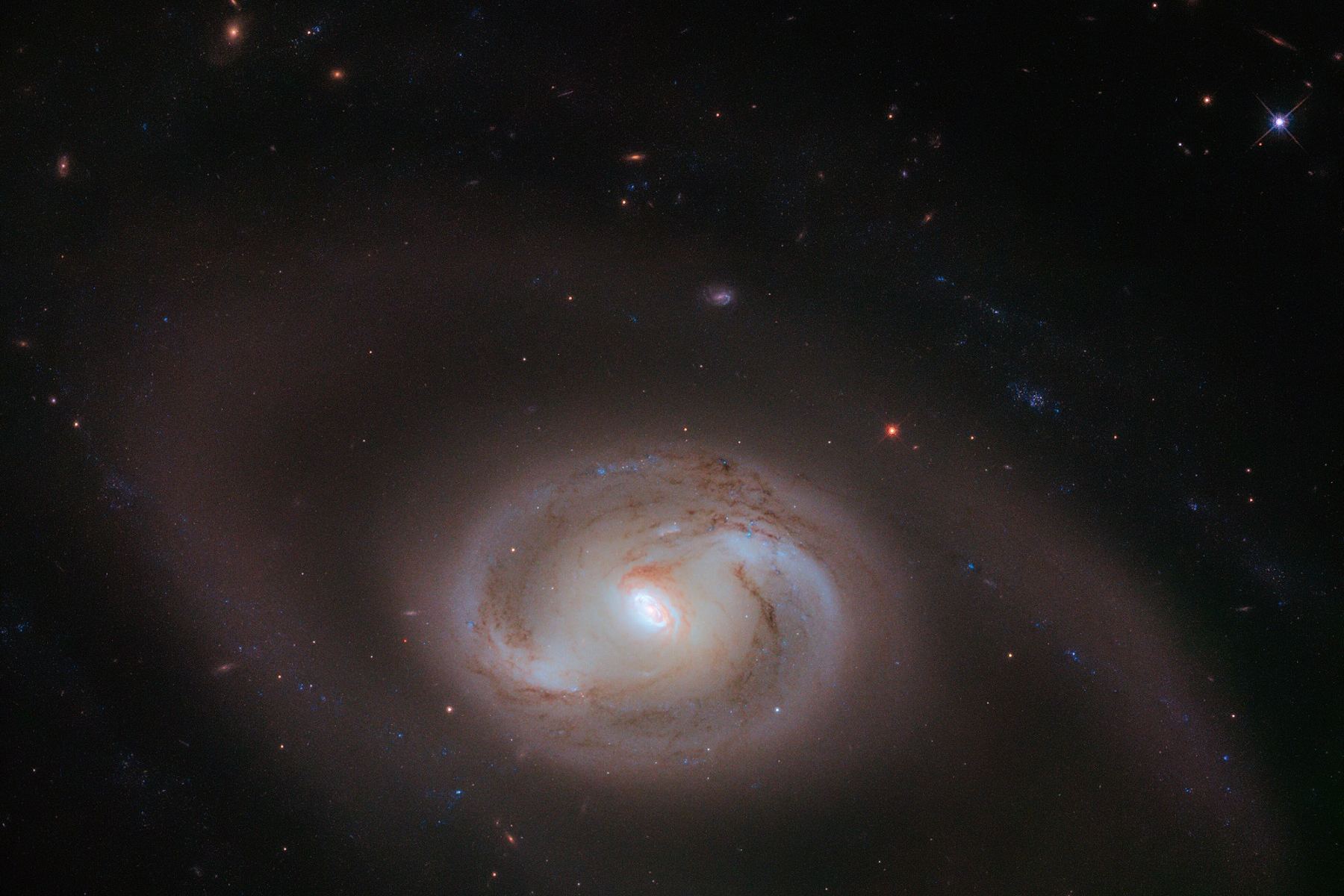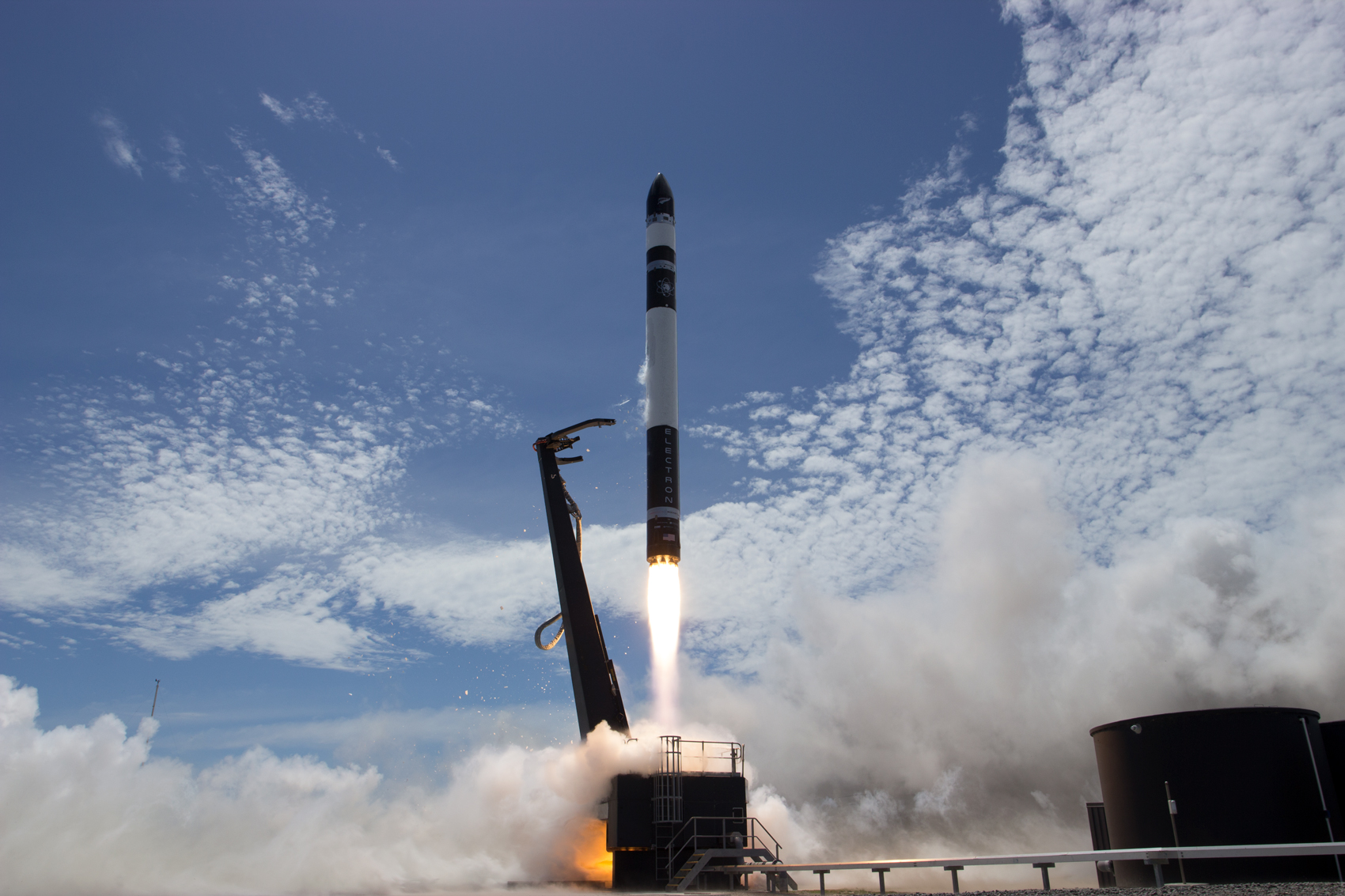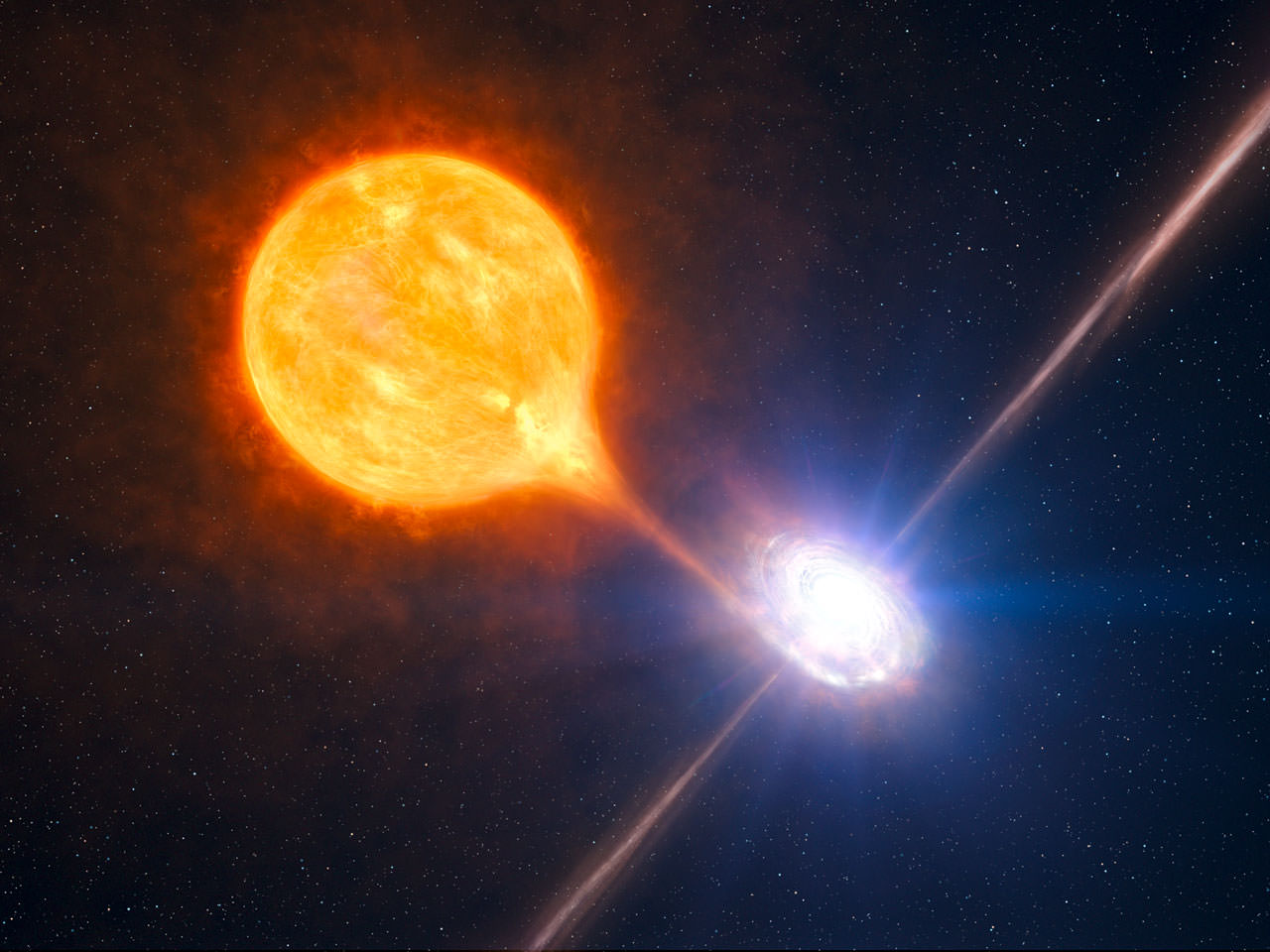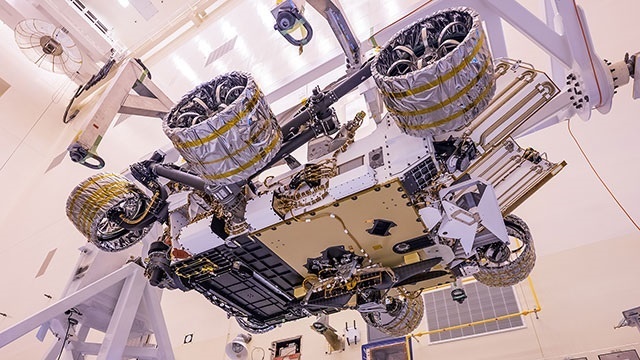Even after thirty years of faithful service, the Hubble Space Telescope continues to reveal truly fascinating things about our Universe. This includes the image (shown at top) taken of the astronomical feature known as NGC 2273, a barred spiral galaxy similar to the Milky Way. However, upon closer inspection, the image reveals that the spiral arms of this galaxy contain a second set of spiral arms.
Continue reading “Hubble Sees a Galaxy With Spiral Arms, Surrounded by Other Spiral Arms”Interstellar Comet 2I/Borisov Formed in a Very Cold Environment
In the summer of 2019, a team of astronomers from NASA, the ESA, and the International Scientific Optical Network (ISON) announced the detection of the comet 2I/Borisov. This comet was the only second interstellar visitor observed passed through our Solar System, coming on the heels of the mysterious ‘Oumuamua. For this reason, astronomers from all over the world watched this comet intently as it made its closest pass to the Sun.
One such group, led by Martin Cordiner and Stefanie Milam of NASA’s Goddard Space Flight Center, observed 2I/Borisov using the ESO’s Atacama Large Millimeter/submillimeter Array (ALMA) in the Chilean Andes. This allowed them to observe the gases 2I/Borisov released as it moved closer to our Sun, thus providing the first-ever chemical composition readings of an interstellar object.
Continue reading “Interstellar Comet 2I/Borisov Formed in a Very Cold Environment”Rocket Lab was Able to Catch Falling Inert Rocket Stage With a Helicopter, Continuing Their Path to Reusability
In the summer of 2017, the company Rocket Lab officially tossed its hat into the commercial aerospace (aka. NewSpace) ring with the first test flights of their two-stage Electron Rocket. Dedicated to providing cost-effective launch services for the small satellite market, the company began conducting commercial launches from their complexes in New Zealand and California using the lightweight Electron.
Looking to cut the costs associated with individual launches further, Rocket Lab has decided to pursue reusability as well. In early March, before the isolation orders were issued, the company achieved a major milestone when it conducted a successful mid-air recovery of the test stage of an Electron Rocket – which involved a helicopter catching the test stage after its parachute deployed.
Continue reading “Rocket Lab was Able to Catch Falling Inert Rocket Stage With a Helicopter, Continuing Their Path to Reusability”Astronomers Might Have Imaged a Second Planet Around Nearby Proxima Centauri – and it Might Have a Huge Set of Rings
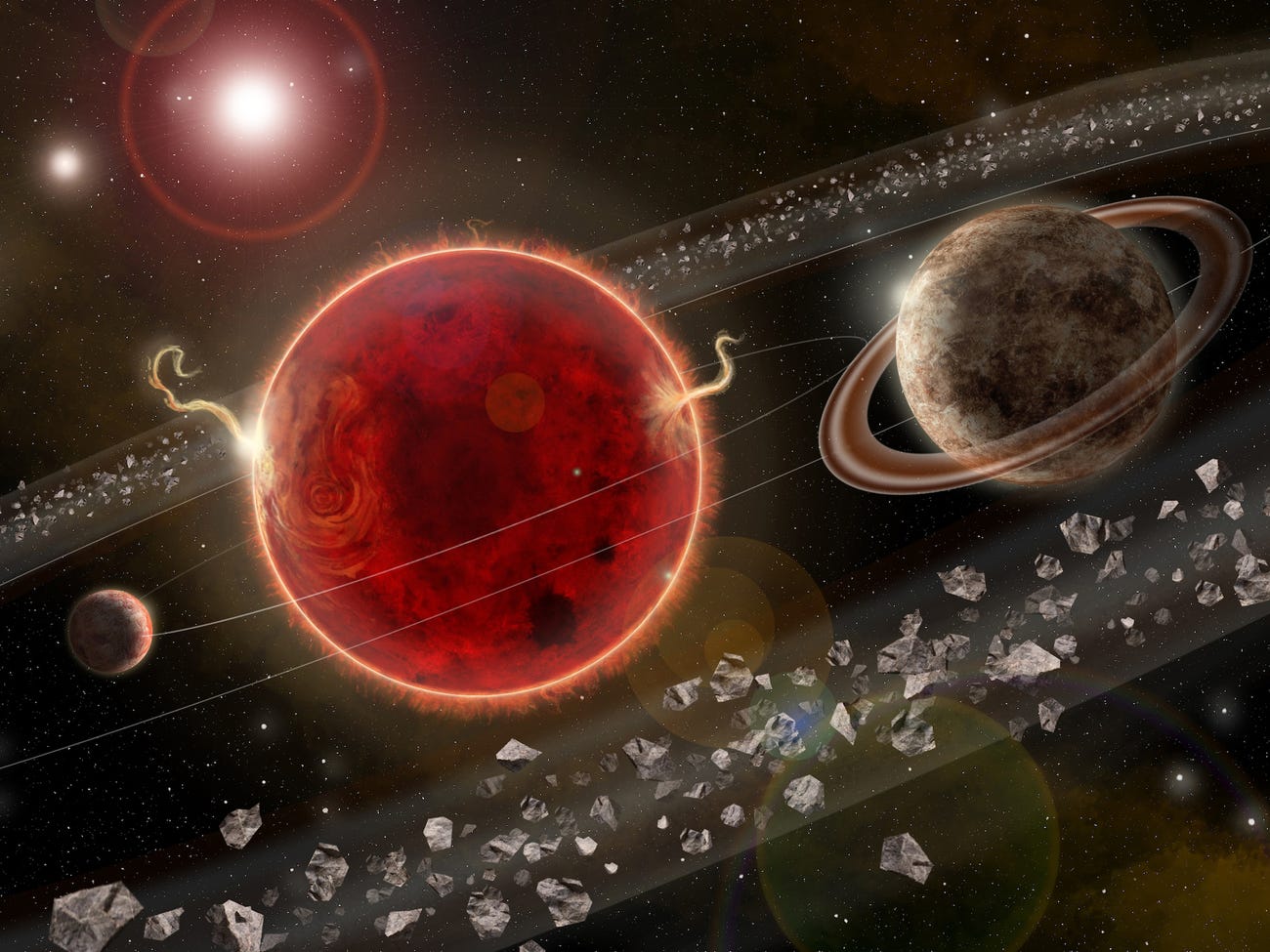
In 2016, astronomers working for the European Southern Observatory (ESO) confirmed the existence of a terrestrial planet around Earth’s closest stellar neighbor – Proxima Centauri. The discovery of this nearby extrasolar planet (Proxima b) caused no shortage of excitement because, in addition to being similar in size to Earth, it was found to orbit within the star’s habitable zone (HZ).
Thanks to an INAF-led team, a second exoplanet (a super-Earth) was found early this year around Proxima Centauri using the Radial Velocity Method. Based on the separation between the two planets, another INAF-led team attempted to observe this planet using the Direct Imaging Method. While not entirely successful, their observations raise the possibility that this planet has a system of rings around it, much like Saturn.
Continue reading “Astronomers Might Have Imaged a Second Planet Around Nearby Proxima Centauri – and it Might Have a Huge Set of Rings”An Earth-Sized World Orbiting in its Star’s Habitable Zone Was Found in Older Kepler Data

To date, astronomers have confirmed the existence of 4,144 extrasolar planets in 3,074 systems, with a further 5,094 candidates awaiting confirmation. The majority of these planets were found by the Kepler Space Telescope, which spent nine years (between May of 2009 and February of 2018) monitoring distant stars for transit signals – where a planet passing in front of a star causes a dip in brightness.
And yet, even though it is now defunct, the data that Kepler accumulated over the years continues to lead to new discoveries. For instance, a transatlantic team of researchers recently found a signal in Kepler‘s archival data that eluded detection before. This signal indicates that there is a second planet orbiting Kepler-1649, an M-type red dwarf star located 302 light-years away.
Continue reading “An Earth-Sized World Orbiting in its Star’s Habitable Zone Was Found in Older Kepler Data”Light Behaves Really Strangely Around a Black Hole
Black holes are famous for being inescapable. Within the event horizon of these celestial objects, matter and even light enter and then disappear forever. However, beyond the event horizon, black holes are known to form accretion disks from which light can escape. In fact, this is how astronomers are able to confirm the presence of black holes and determine their properties (i.e. mass, spin rate, etc.)
However, according to a recent NASA-funded study led by researchers from the California Institute of Technology (Caltech), there is evidence that not all light emanating from a black hole’s disk simply escapes. According to their observations, some of the light escaping from the disk is pulled back in by the black hole’s gravity and reflected off the disk again. These observations confirm something astronomers have theorized for about forty years.
Continue reading “Light Behaves Really Strangely Around a Black Hole”Wheels and Helicopter Attached to Perseverance Rover
This summer, NASA’s Perseverance rover will launch from Cape Canaveral Air Force Base in Florida. When it arrives on Mars (on February 18th, 2021), it will join the Curiosity rover and a host of other missions that are looking for evidence of past and present life on the Red Planet. At present, engineers at the Kennedy Space Center in Florida are conducting the final assembly of the rover in preparation for launch.
With less than 14 weeks to go before the mission’s launch period opens up, several important development milestones have been completed. This includes integrating the rover’s remaining components, like the rover’s six wheels and the small helicopter drone that will help explore the surface. These elements, and a slew of other final preparations, were integrated with the rover over the past few weeks.
Continue reading “Wheels and Helicopter Attached to Perseverance Rover”This is How the ESA and NASA Will be Working Together to Bring Rocks Back From Mars

In the near future, sample-return missions from Mars will finally be a reality. For decades, scientists have analyzed the composition of Martian rocks and soil by either sending rovers to the surface or by examining meteorites that came from Mars. But with missions like Perseverance, which are equipped with a sample cache instrument, it won’t be long before Martian rocks are brought back to Earth for study.
Similar to how the Apollo astronauts brought back Moon rocks, which revealed the existence of water on the Moon and its similarity to Earth, Martian rocks could reveal a great deal about the formation and evolution of the Red Planet. The question is, what rocks should be returned? This is the question that the international Mars Sample Return campaign is considering on the eve of Perseverance’s launch.
Continue reading “This is How the ESA and NASA Will be Working Together to Bring Rocks Back From Mars”Trump Signs an Executive Order Allowing Mining the Moon and Asteroids

In 2015, the Obama administration signed the U.S. Commercial Space Launch Competitiveness Act (CSLCA, or H.R. 2262) into law. This bill was intended to “facilitate a pro-growth environment for the developing commercial space industry” by making it legal for American companies and citizens to own and sell resources that they extract from asteroids and off-world locations (like the Moon, Mars, or beyond).
On April 6th, the Trump administration took things a step further by signing an executive order that formally recognizes the rights of private interests to claim resources in space. This order, titled “Encouraging International Support for the Recovery and Use of Space Resources,” effectively ends the decades-long debate that began with the signing of The Outer Space Treaty in 1967.
Continue reading “Trump Signs an Executive Order Allowing Mining the Moon and Asteroids”NASA’s Plans For a Lunar Base Camp

When the Artemis III mission lands on the lunar surface in 2024, it will be the first time in over 50 years that astronauts will have set foot on the Moon. Unlike last time, where the Apollo missions left behind a flag and several science experiments, NASA hopes that Artemis will serve as a stepping stone towards the creation of a permanent human presence on the Moon.
A key part of this is the creation of an orbiting habitat and place for spacecraft to rendezvous, known as the Lunar Gateway. But equally important is the creation of a lunar base camp on the surface where astronauts will be able to hunker down between outings. Through the use of crewed and robotic missions, this base will help establish the infrastructure for a long-term, sustainable human presence on the Moon.
Continue reading “NASA’s Plans For a Lunar Base Camp”
